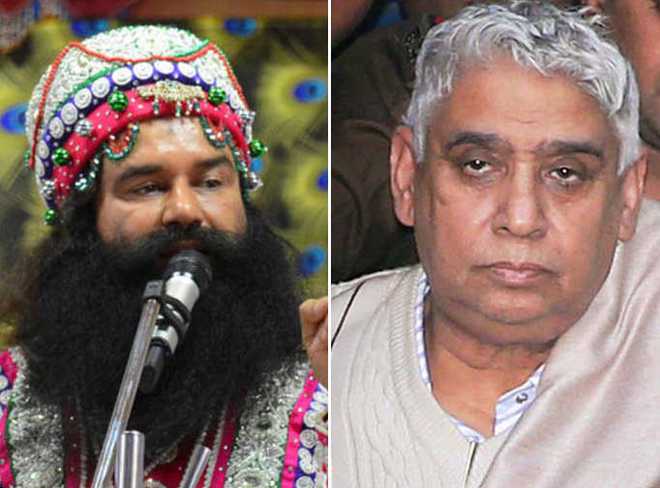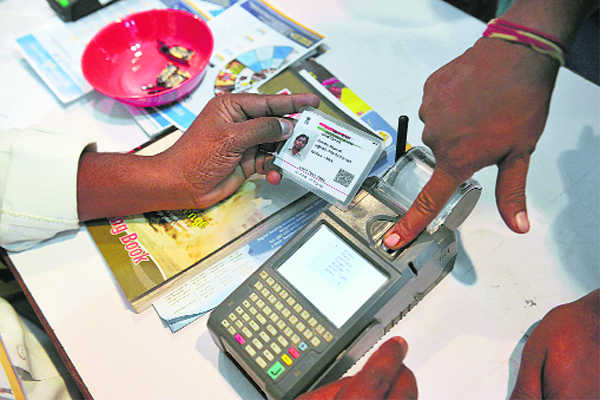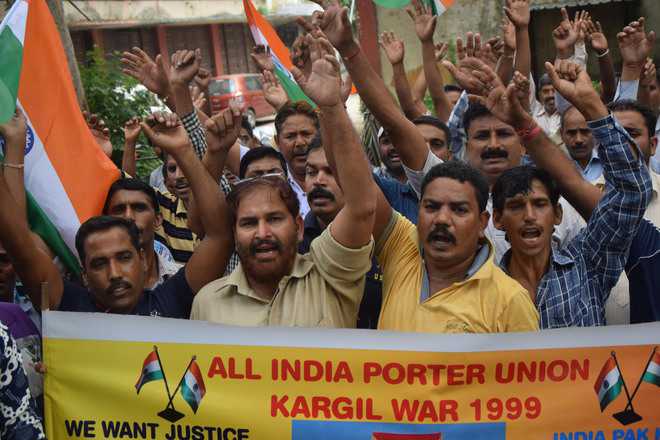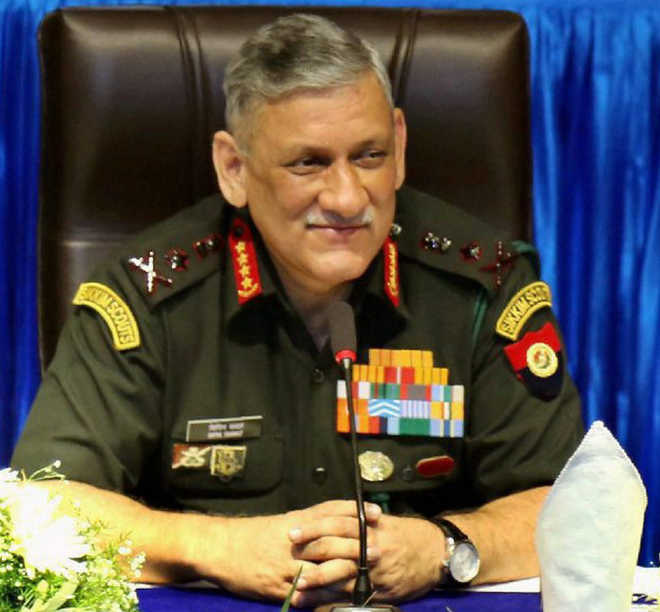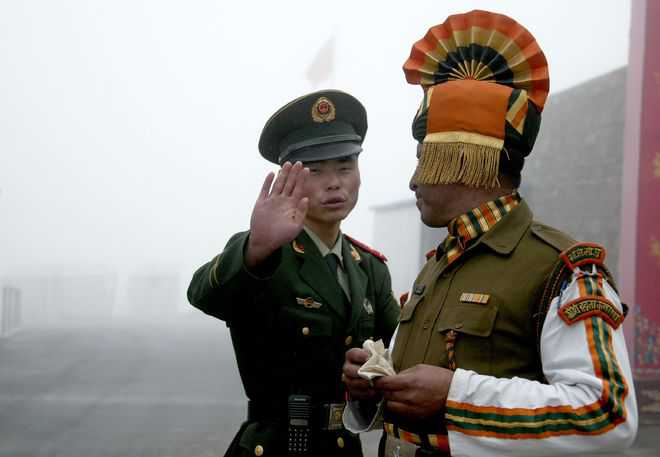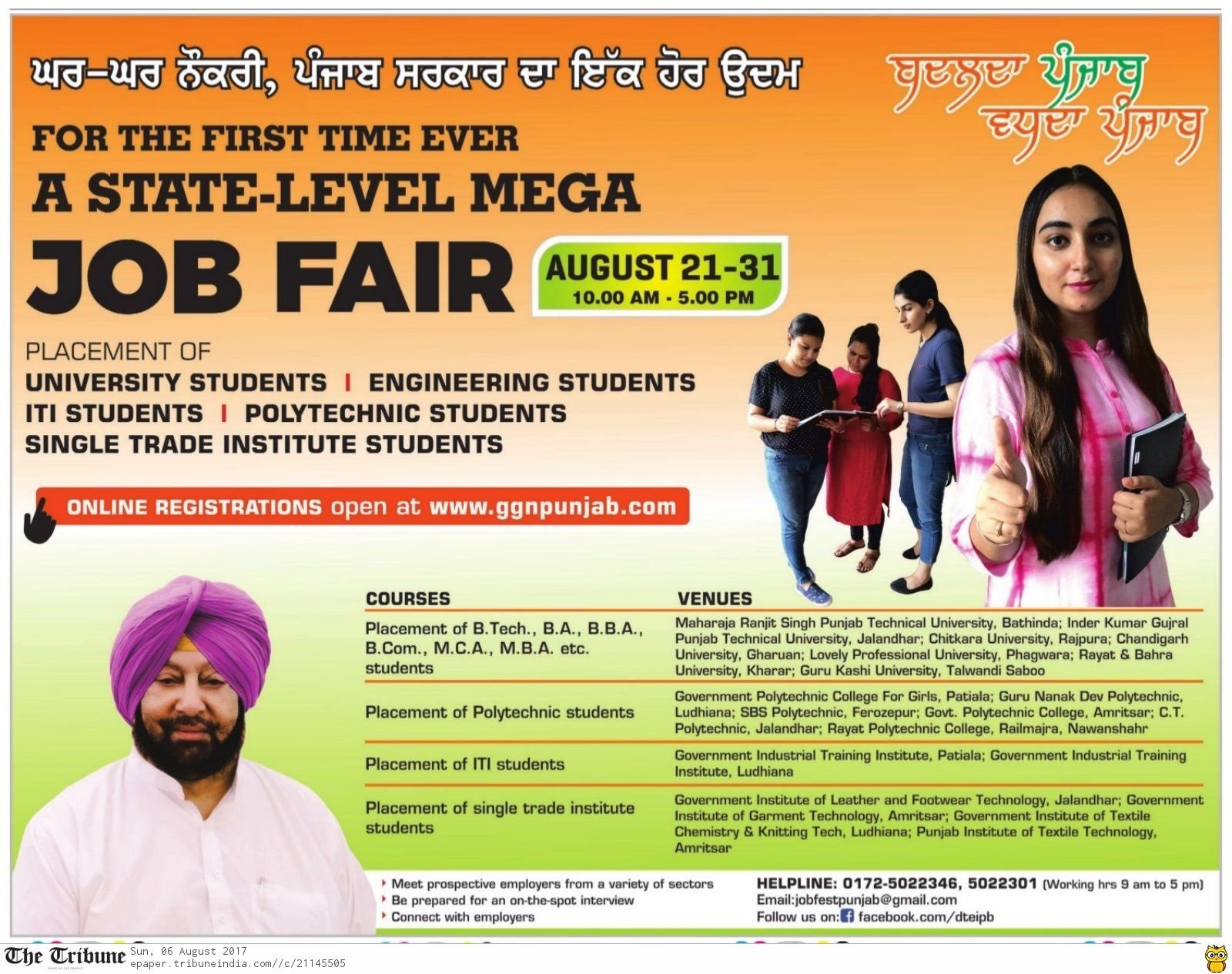
SNAPSHOT
An overview of the Indian Army’s internal security duties – the hard and soft approach it adopts when there is a breakdown of law and order.
In the public mind, the deployment of the Indian Army in ‘aid to civil authorities’ remains a grey area and merits some explanation for education and confidence building. I am writing this because, on social media, I found myself at the receiving end of hundreds of queries as very few veterans get down to writing on such issues. With the complete breakdown of law and order a third time in Haryana, reliance on the Army in the public mind is a foregone conclusion. How does the Army function in such operations that are being repeated once too often for comfort?
I remember my days at the Indian Military Academy, where a lecture demonstration was conducted for Gentlemen Cadets (GCs) on Aid to Civil Authority each term. It was a fun demonstration with a short playlet added to it. We never took much of it seriously because rarely did one have to physically execute what one learnt. Today, it is different; I think the GCs would have to be prodded to remain awake and take notes, which may come in handy some day and that too very soon.
When is the Army called in (requisitioned) to aid the civil authority? The regulations permit civil authorities to requisition the Army for controlling law and order, maintaining essential services, assisting during natural calamities such as earthquakes, and any other type of help that may be needed by the civil authorities. The scope in this commentary does not include assistance in natural calamities, and essentially looks at the law and order and maintenance of essential services. The state should always depend on the steadfastness, technical capability and leadership of its armed forces to save as many lives as possible in natural disasters. In such circumstances, the simultaneity aspect is as important so that all resources of the state are deployed for the people’s safety; overkill in such contingencies has its advantages.
However, the situation is different in the case of law and order. The Army remains the resource for employment as a last resort as both the central and state governments have police forces available to them who are designed and maintained for this very purpose; that is the broad principle and it should be rare for soldiers to come to such aid as there is such a plethora of police forces. This issue is discussed later in the commentary.
An issue needing clarification at this stage is the difference between the Army acting against mobs in Kashmir and in Haryana. Regulations for the Army, Chapter VII, Paragraphs 301 to 327 and Manual of Indian Military Law, Chapter VII lay down the guidelines for the routine aid to civil authorities. It does not give the Army the right to be the decision-makers, except in deciding what means they will employ to bring the situation under control. They are to be always accompanied by civilian magistrates, one with each column, who discern the severity of the situation and give written or verbal instructions (to be followed in writing or corroborated by two witnesses) to quell a mob or bring any situation under control. The magistrate does not have the power to direct the Army authorities on the means to be employed; for that the local column commander or his Commanding Officer (CO) are the empowered authorities.
In the case of Kashmir or any other area it is different. Afflicted by intense terrorist activity and anti-national sentiment bordering on existential threats to the integrity of the nation, there is a need to empower the Army to operate on its own without the presence of a magistrate. This is because the Army is deployed on 24×7 duty and cannot await arrival of magistrates or written orders to act upon intelligence, which is generated from time to time at different levels.
To legally authorise the Army to operate in this mode, legislation such as the Armed Forces Special Powers Act (AFSPA) is enacted by Parliament. AFSPA – 1990 for Jammu and Kashmir empowers the Army among other things to operate without reference to civil authority. This issue came to the fore in 2008 when the Army was requested to come to the aid of civil authorities to control the huge stone-throwing mobs during the Amarnath Shrine Board agitation. Since the Army was already deployed under AFSPA – 90, there was no need for any requisition and no need for any accompanying magistrates. That is valid even today.
What the public may be unaware of is that in every formation and unit of the Army, there is a folder marked ‘Aid to Civil Authority’. There is a quarterly stock taking of the checklist and at least once in six months or every time during relief of a unit, liaison is carried out with the local Deputy Commissioner and Senior Superintendent of Police, while the formation headquarters does the same at a higher level. If there is a warning of an impending law and order issue, like it was this time in Sirsa, Panchkula or other towns, units immediately stop all other activity and get into internal security (IS) mode, although classically this is not IS duties. Each unit has some steel boxes kept aside and marked for quick retrieval with items required for such duties; these include necessary forms to be signed by magistrates, a copy of the Manual of Indian Military Law and Regulations of the Army, town maps and charts, lists of names of all civil officials with telephone numbers, loudspeakers and megaphones. Warning signs on placards and flags with poles are kept in unit mobilisation stores, along with broad white tape, angle iron pickets and bundles of concertina wire coils.
Off late it has become necessary to fabricate barricades, which can be set up rapidly to keep mobs at bay. Troops operate from behind these barricades or wire obstacles to prevent being overwhelmed by mobs. However, troops never open indiscriminate fire on unarmed mobs. It is under strict control of the senior most functionaries. The magistrate has no authority on them as to the means they use. He can only request that the mob be dispersed. Minimum force, impartiality and good faith are the basic guiding principles, which are to be applied after the necessity for such call up or requisition has been established. Usually the authority to approve deployment for such duties lies with the Army HQ (MO Directorate), who is in touch with the Ministry of Defence (MoD). Once deployed, the authority to operate gets delegated according to the need.
The issue is how soon the Army should be called up in an impending situation of dilution of law and order. Take the current Panchkula situation as a case study. The intelligence was crystal clear. The police authorities should have displayed more professionalism to assume that since they did not get directions to disperse the over one lakh supporters, who had concentrated near about the courts, every single supporter was a potential member of a mob which could go violent. They did not identify the leadership who should have been detained to leave the mobs leaderless. In such an eventuality they went wrong in the assessment of the strength of policemen required. If that was also not wrong then obviously the police showed little pluck and even less leadership in controlling violence once it commenced. All this while, the Army authorities would have been in constant touch. Officers at different towns would be sitting at police control rooms to get a better idea and pass on the earliest warnings based on their own assessments. This was undoubtedly done because the Army takes these things rather seriously. With mistakes made galore by the administration there was no other option but to call up the Army, which became once again the virtual first responder.
The Army has to be always careful about assessing how much manpower to deploy. Under strength deployment will not achieve the ends and the Army itself will get a bad name. An optimum figure must be arrived at and involvement of senior leadership in such a decision process is necessary. I questioned the decision regarding six columns sent to Panchkula. It was too little. You cannot have a situation of reinforcement in driblets. The decisions have to be bold and correct even if there is a slight overkill.
When the Army deploys in the face of ongoing violence, it has no time to undertake flag marches. It just gets into action. It will never run after mobs. The task is to disperse unlawful assembly and protect public property. Its presence must send home a message of the state’s intent to maintain law and order at any cost. However, contingencies can arise when the situation gets out of hand and becomes extremely dangerous with mobs not deterred. It is then the task of the Army to calibrate violence to control the situation. Its officers know how many notches they need to go higher in the intensity of violent means used for such control. It is only under the extreme contingency of threat to itself that the Army column may open fairly heavy fire; this fire will always be single rounds and not in automatic mode.
One aspect needs to be clarified. The police forces must not include Army resources in their ‘troops to task’ to ascertain that they have sufficient strength. If that mistake is made then you can deploy a hundred policemen in Panchkula and depend on 5,000 troops from Chandimandir to assist them. That is no professionalism. The Army is for extreme contingencies, when the police are being overwhelmed. The Army’s arrival and flag march must send the message that the degree of violence will increase if necessary. The police use batons, lathis and tear gas; before firing they warn by firing in the air. The Army does none of this. It fires below the knee, on ring leaders after giving adequate warnings. This concept must be known to the public, especially that element of the public, which tends to break law and order. This is what needs to be constantly announced by megaphones and during curfew by doing rounds of the neighbourhoods.

It is interesting to remember what happened during the Jat agitation just 18 months ago, from which no lessons appear to have been learnt. We had the ridiculous situation, where the Army had to prove to the public that it had actually arrived, by displaying placards above their heads saying ‘ARMY’ in oversize lettering. Why was this ridiculous action necessitated? Shri Prakash Singh, the highly respected former Director General of Uttar Pradesh Police, who investigated the failure of police effectiveness in the Jat agitation of 2016 also observed that the Army’s arrival did not make the same impact as before.
There was a single reason for this. All and sundry in the police forces have over a period of time adopted the Army’s system of wearing disruptive pattern clothing for operations. Thus the Army, out of the olive green uniforms, looks akin to every other force. Any and everyone even from state police forces wears myriad jackets and caps of the Army pattern. The exclusivity of the force, which is separate (the Army) and works on a different concept of operations needs to have a distinct appearance in such operations. It won’t be long before a public interest litigation (PIL) will probably be lodged on this subject by some worthy.
Lastly, I do believe that the Army to be effective without resorting to violent means has to project itself impeccably. It must take initial guidance and have police liaison personnel with it but thereafter its actions have to be seen to be decisive and with a moral ascendancy of its known discipline. To that end whenever I was responsible for such actions I insisted that the Army’s vehicles would appear absolutely clean and well maintained, with well rolled camouflage nets, looking professional and ready to go. The soldiers must project the best demeanour and they must be rehearsed for this. They must make a difference by also displaying the greatest empathy for women and children, the sick and the old. If necessary they must use their authority to allow milk stocks for children and restock medicine shops. The Regimental Medical Officer is the most important asset in such circumstances as he or she ensures that medical assistance is always available to the needy.
These are a few basics which emerge from experience and must remain in focus for effectively projecting the professionalism of the Army and its soft power capability. After all, at the end of such operations the people must remember that soldiers are a breed apart, hard where required and the softest when needed.





















































